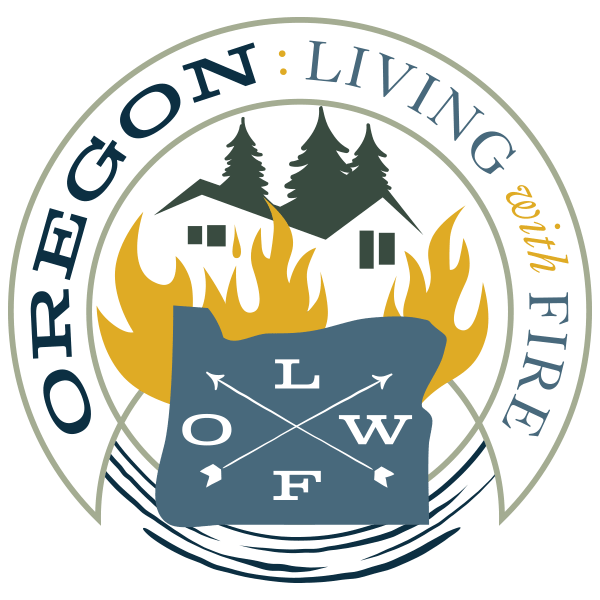fire as a tool
Wildland fire, as an essential ecological process and natural change agent, should be incorporated into the planning process and wildfire response.
The local landscapes need active management to make it more resilient to disturbance and meet management objectives in a variety of conditions.
There are two main ways fire can be used as a tool:
Prescribed Fire
managing wildfire for resource objectives
Local support from community members of both of these management options is necessary to restore the natural process of fire back to our landscapes.
Prescribed Fire
Prescribed fires refer to the planned and controlled use of fire by a team of experts under specific conditions of temperature, wind, and humidity. One of the more effective and cost-efficient means of managing vegetation for multiple purposes, including hazardous reduction, ecosystem restoration or maintenance, tree health, and others. Prescribed fire is used to help restore ecosystems that depend on fire, reduce the risk of out-of-control wildfire, and increase community and firefighter safety.
Prescribed burns, which are primarily conducted in spring and fall, are a critical step in forest restoration. Research shows that in addition to sustaining important forest ecosystem functions, they significantly reduce the likelihood of out-of-control fires, the kind that mean danger for our communities and hazardous air for weeks at a time.
Some smoke in the air is inevitable. For Central Oregonians, our choice is not between “lots of fire” or “no fire”. We must choose between an unhealthy forest full of nearly a century of unburned fuel, or a restored forest that is resilient to the natural process of fire. Smoke is part of that natural process.
managing wildfire for resource objectives
Managed wildfires are unplanned ignitions on the landscape that managers make a specific choice to manage on the landscape to achieve resource management objectives. The inherent risks of this management tool are balanced with the expected resource benefit on a case by case basis. Opportunities for managing wildfire for resource objectives were identified by first looking at sites where prescribed fire was planned. Managed wildfire is not used often as an option for broad application on the landscape due to multiple barriers and the inherent risk.
